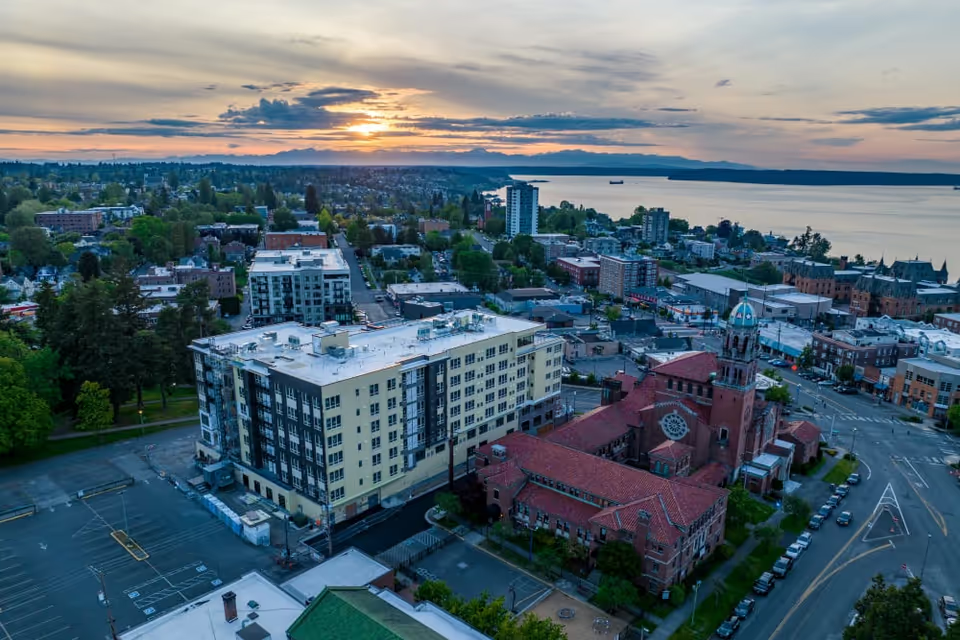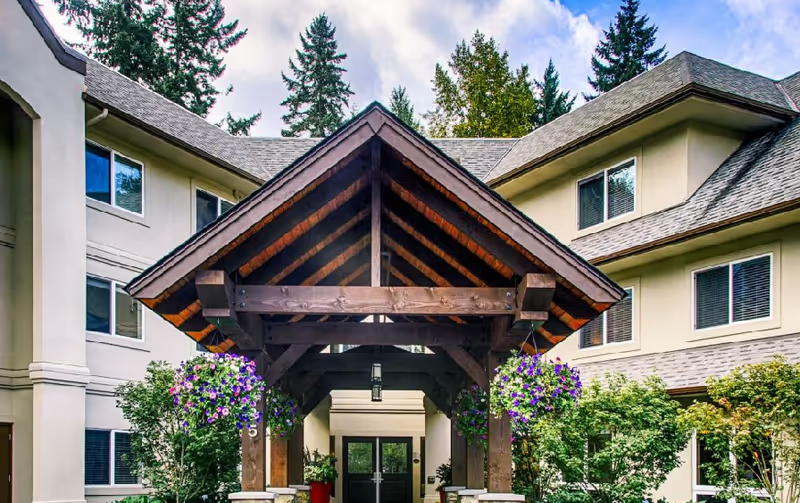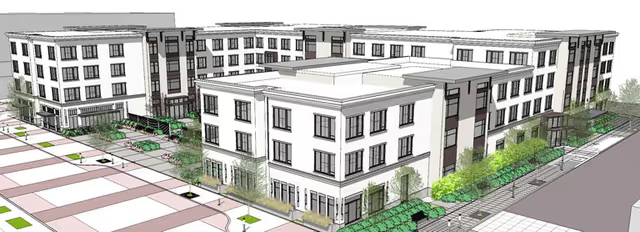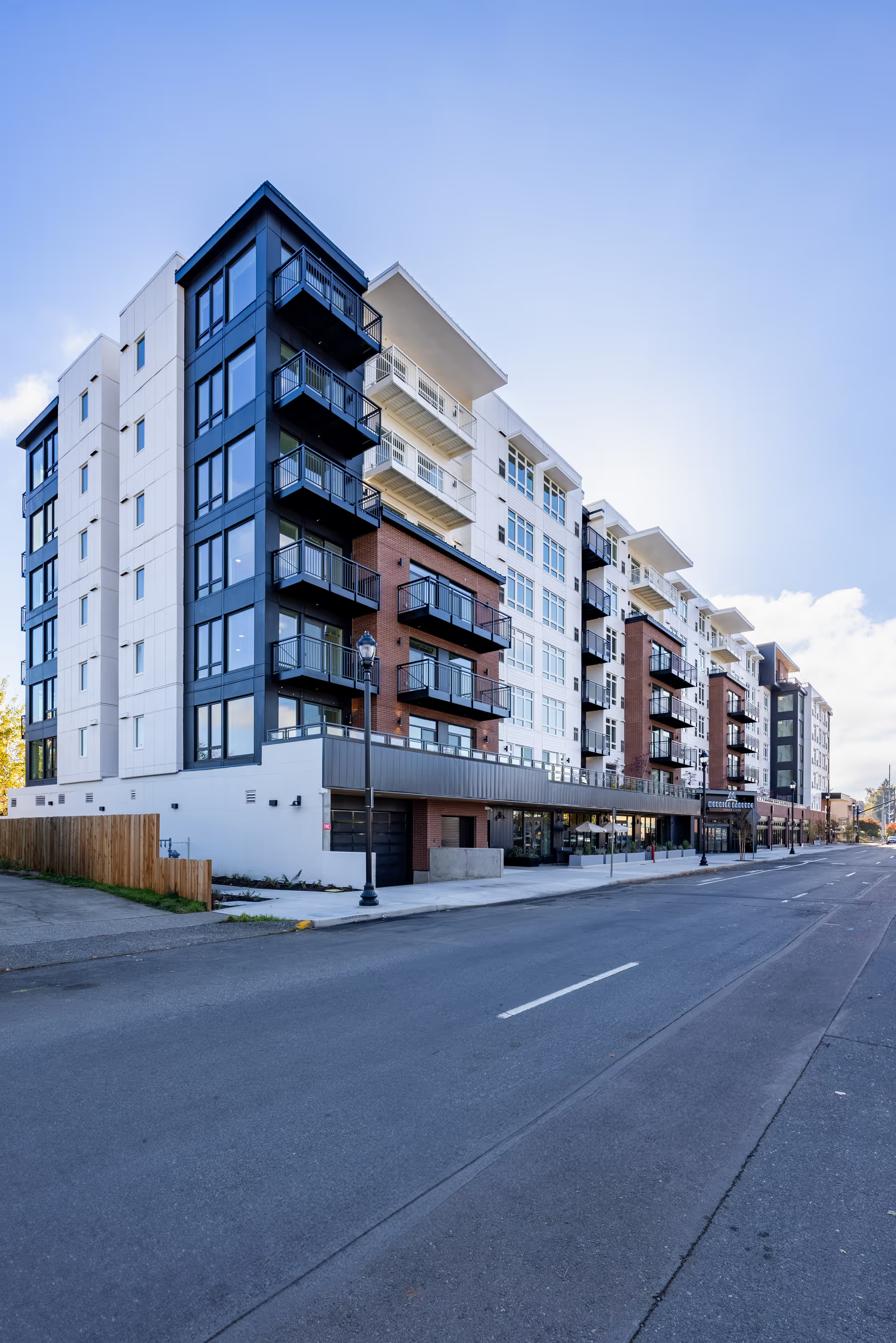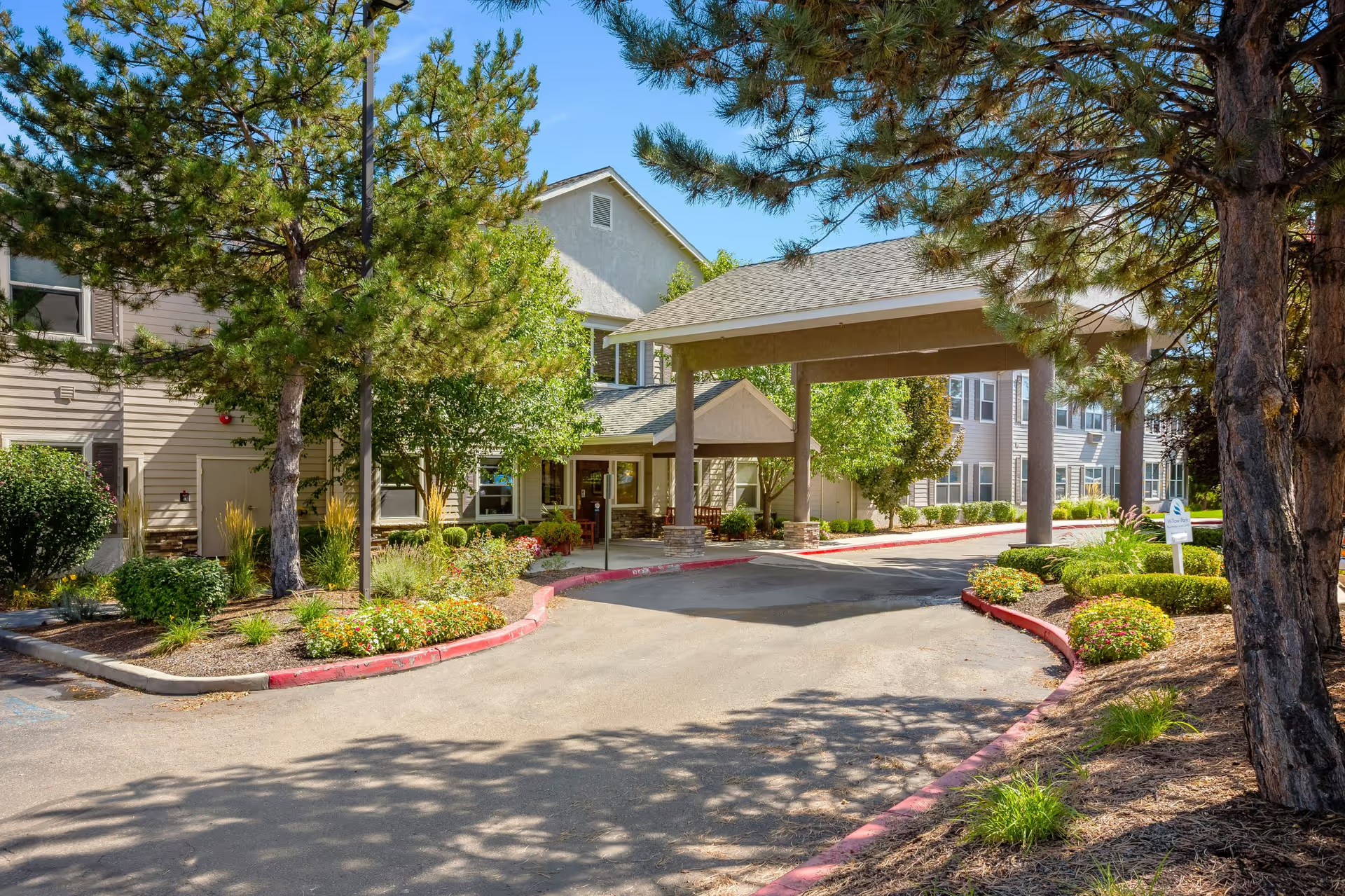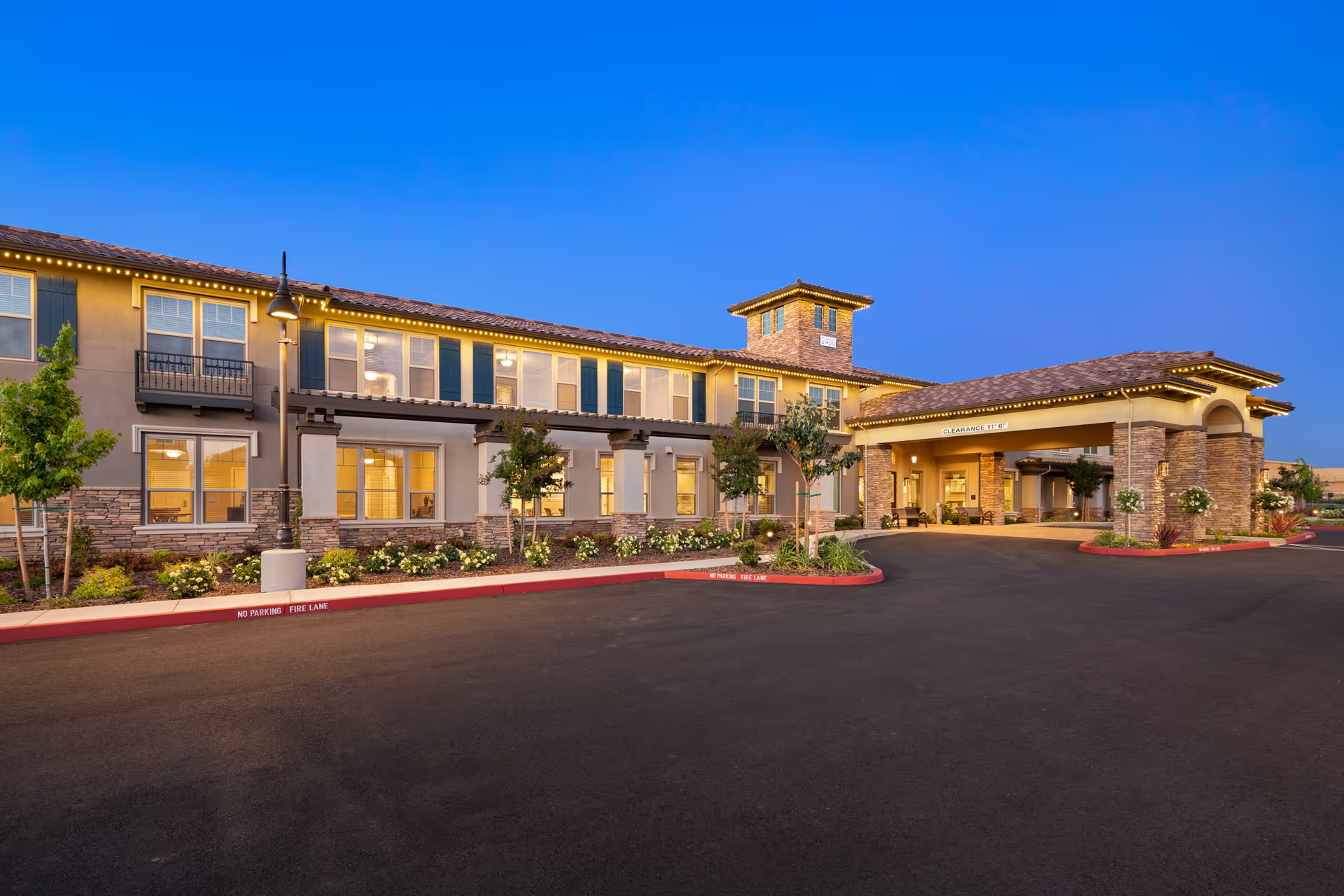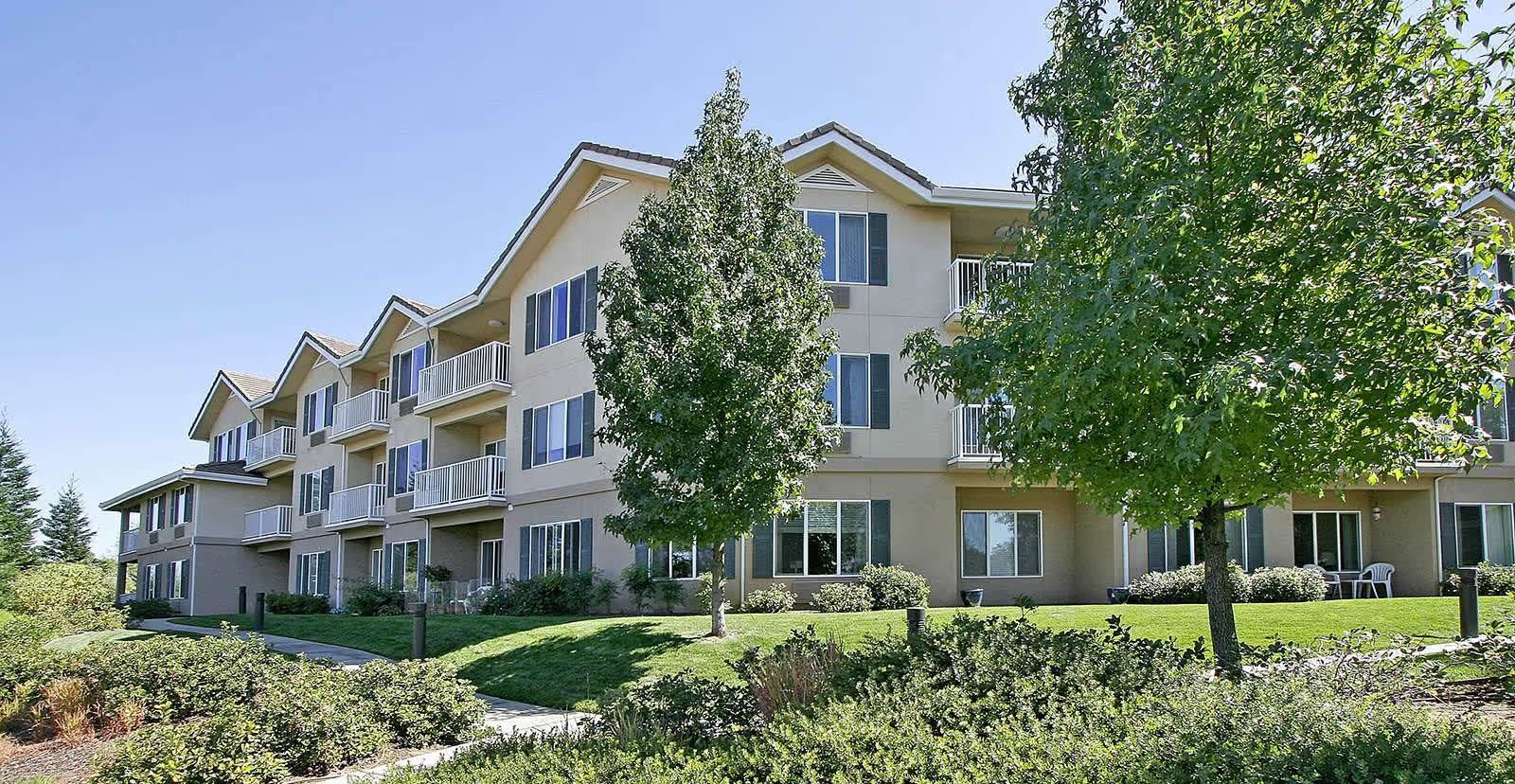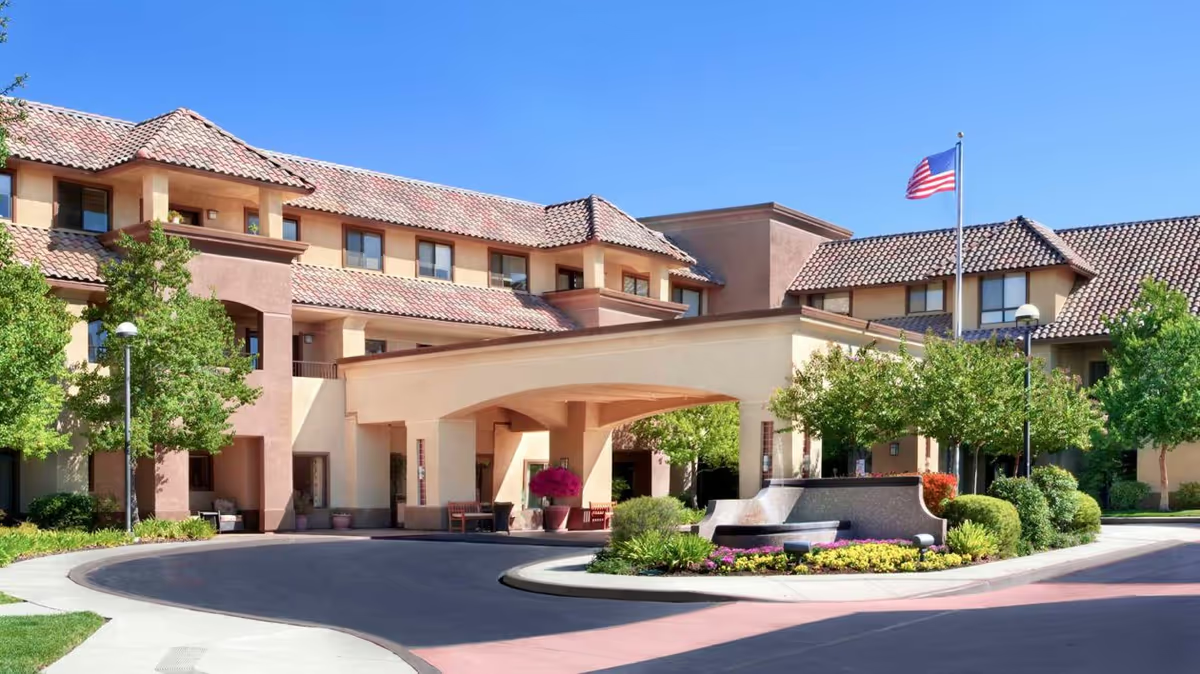Overall sentiment is mixed and highly variable across reviewers, with strong praise for hands-on caregivers and clean, modernized apartments contrasted against significant and recurring concerns about staffing, management changes, and care quality. Many families report excellent personal experiences driven by compassionate, attentive caregivers and specific staff members who go above and beyond. At the same time, a substantial subset of reviews describe serious care lapses tied to understaffing and recent ownership or management transitions; these reports include missed medications, long call-light response times, bathing and hygiene neglect, and residents being left unattended.
Care quality and staffing emerge as the most polarized theme. Positive reviews emphasize attentive caregiving staff who know residents by name, provide individualized support, accommodate dietary preferences, and coordinate outings and activities. Several reviewers praised the community for being warm, homey, and not institutional, and some families highlighted excellent hospice support and emotional care. Conversely, many reviews — particularly those referencing a shift to Community Partners or Care Partners — report a marked decline in staffing levels and care standards. Specific allegations include nearly no nursing staff on some shifts, residents not bathed for weeks or months, missed medications, dirty diapers and clothing not being washed, smells of urine, and even reports of scabies. These are presented as systemic issues by families who experienced or observed multiple incidents, and a number of reviewers indicated they moved their loved ones out because of the severity of neglect.
Management and leadership are another divided theme. Several reviewers single out managers and directors as exceptional (names such as Lori, Kirsten, and others are repeatedly credited with being welcoming, organized, and supportive). Marketing and admissions staff also received frequent praise for smooth tours and helpful onboarding. However, an equally strong set of comments criticize management for poor communication, abrupt disciplinary practices (suspensions communicated by text), questionable hiring practices, and failure to address staffing shortages. Multiple reviewers link the arrival of new corporate ownership to staff departures, price increases, and a drop in caregiving quality. Renovations and administrative changes are also noted as sources of disruption — in some cases improving the physical environment, in other cases contributing to temporary cleanliness or noise issues.
Facilities and accommodations are generally seen as a strength with caveats. Many residents and families appreciate updated apartments (examples include modern kitchenettes, roomy one- and two-bedroom layouts, walk-in showers, and nice views). The building features—secure entry, pendant systems, multiple dining rooms, on-site salon, and spacious common areas—are repeatedly cited positively. The community size (95 apartments, four stories) is appropriate for some residents who enjoy the active environment, but several families felt the facility was too large, had too many floors, or had limited outdoor space for their particular relative. Overall, reviewers describe a mix of renovated and older/dated areas: while some units and public spaces are bright and updated, other parts of the building are still in need of refreshes.
Dining and activities present another mixed picture. Many reviewers praise the food, noting diverse menus, a dietician on staff, and options to eat in dining rooms on each floor or cook in apartment kitchens. Entertainment options — music acts roughly every 1–2 weeks, bingo, outings — are often highlighted as positive contributors to resident life and socialization. That said, other families report meals as poor or that their loved ones did not enjoy the food. Activity participation varies: some residents are highly engaged while others prefer few activities or are less interested. Overall, the community appears to offer a full activity calendar, but uptake and satisfaction are resident-dependent.
Safety, communication, and operational reliability are recurring concerns. Multiple reports cite long call-light response times, missed or poorly documented appointments, inconsistent scheduling (e.g., showers not scheduled or not happening), gender-mismatch of caregivers despite requests, lost personal items, and uneven monitoring of residents (including fall incidents). A few reviews included specific staffing metrics or claims — such as a 1:10 ratio or 4 caregivers per shift plus a nurse and med tech — suggesting the staffing model may vary by shift and has been inconsistent across time. Families repeatedly advised caution around current staffing levels and urged prospective residents to verify up-to-date staffing and supervisory coverage.
Financially, several reviewers consider Vineyard Park at Bremerton competitively priced for the area, with at least one concrete price example provided (~$3,000/month plus ~$800 for first-level care). However, reported price increases under new management coupled with alleged declines in service quality are a concern to families who felt expectations were not met relative to cost.
In conclusion, Vineyard Park at Bremerton shows clear strengths: personable caregiving staff (with standout individuals), clean and modern apartment options in many units, secure facilities, active programming, and on-site amenities that many families value. Those positives coexist with serious and repeated negative reports tied primarily to staffing shortages, management turnover, and care lapses after ownership changes — issues that in several cases prompted families to move residents out. The reviews indicate a wide variance in resident experiences; some families strongly recommend the community, while others strongly advise against it. For prospective residents and families, the reviews suggest it is especially important to (1) ask about current ownership and any recent management changes, (2) verify current staffing levels and nurse coverage for the shifts that matter most, (3) request recent inspection or incident reports, (4) tour multiple room types to compare renovated versus older units, and (5) speak directly with current residents and families about recent trends in care, dining, and responsiveness before making a placement decision.
